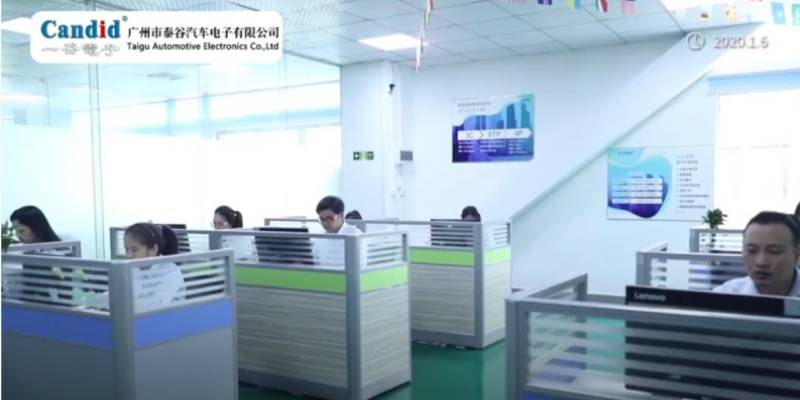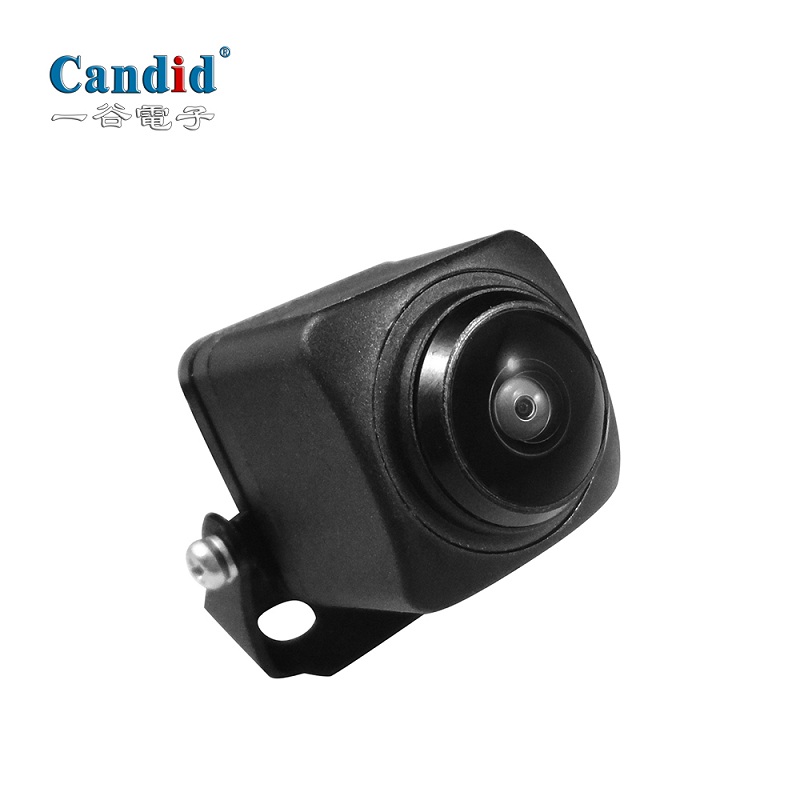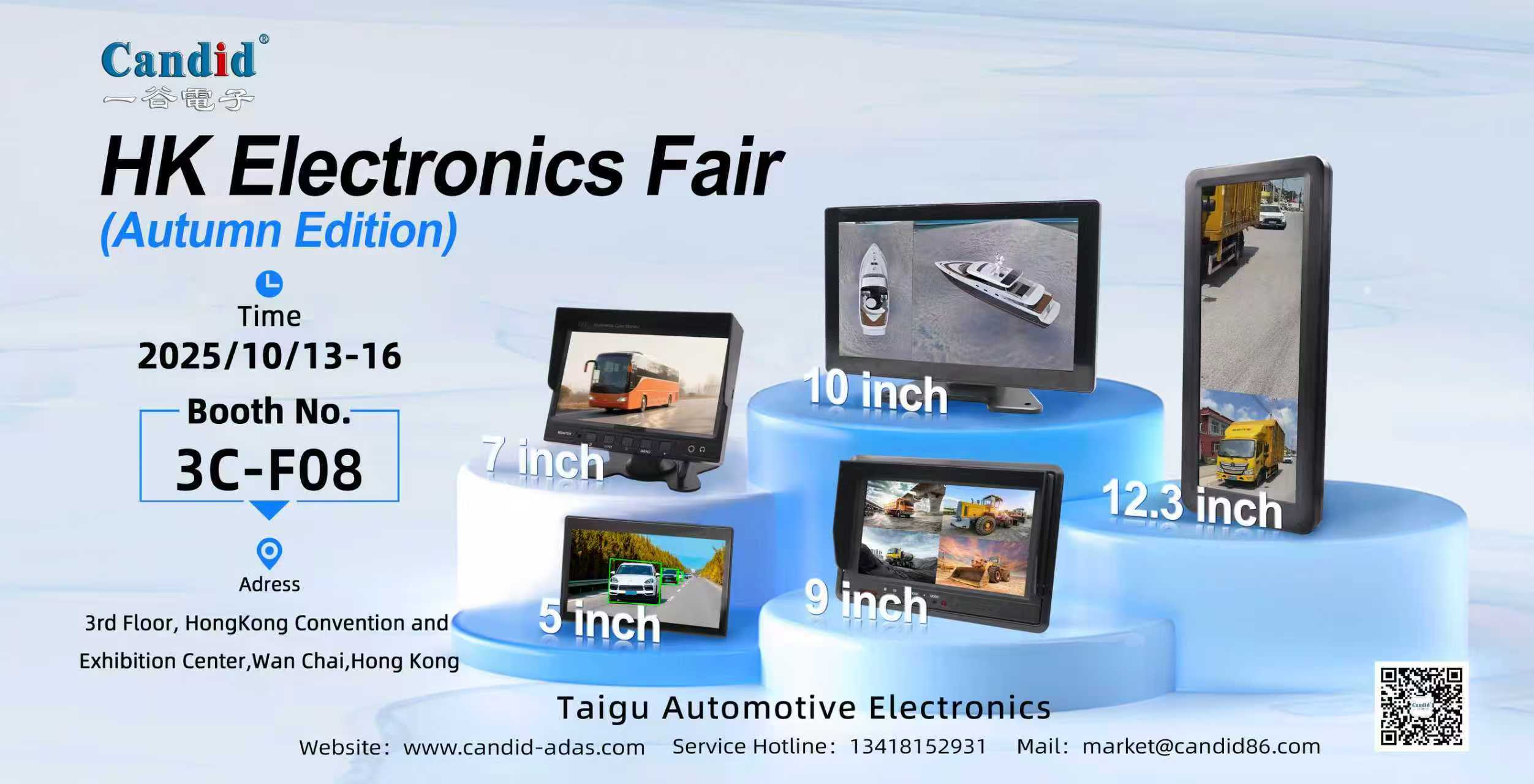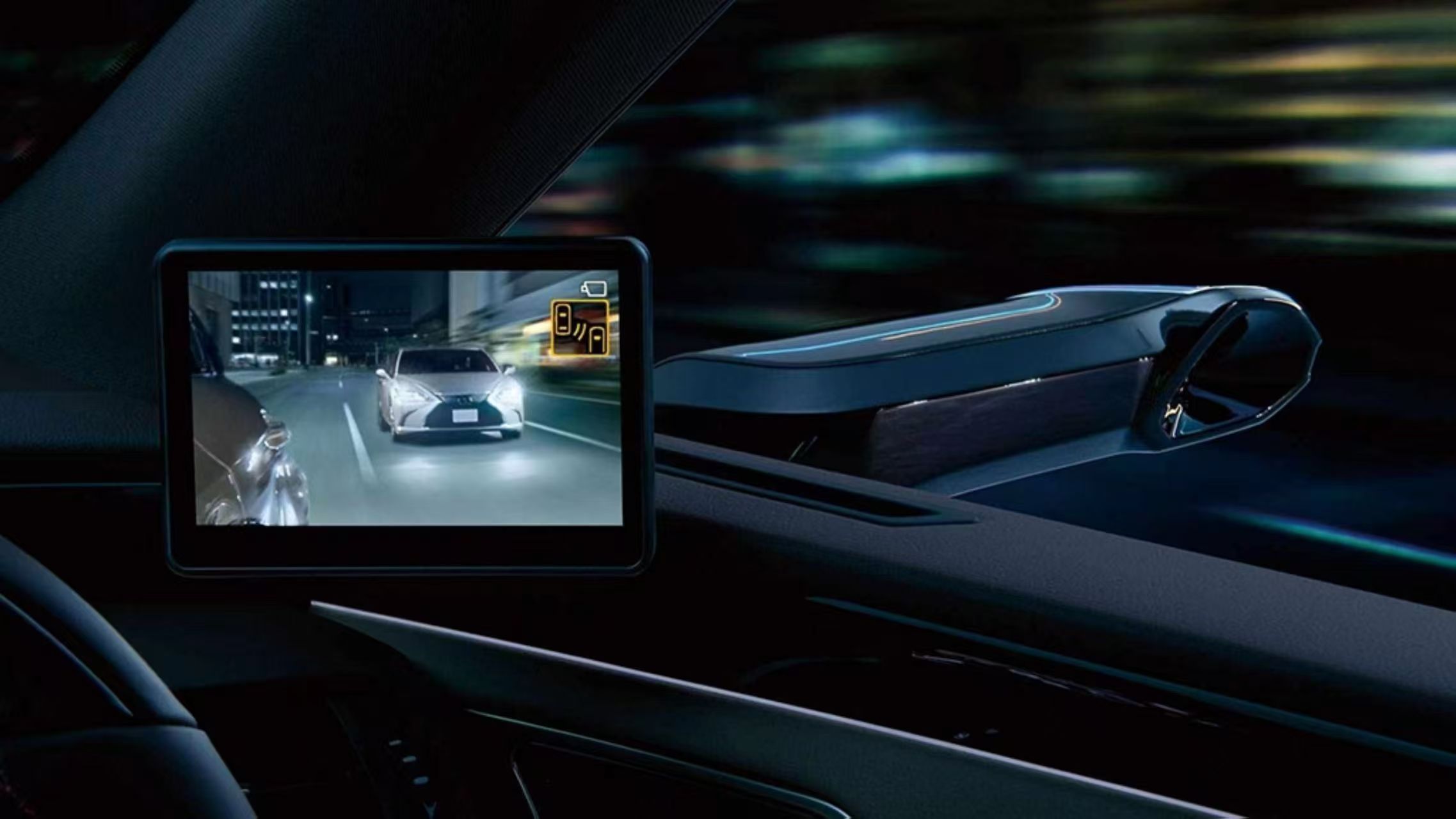
What do you know about the characteristics of car cameras modules?
COMS technology is generally used according to the needs of automotive applications, and automotive camera modules also have other requirements in terms of process and packaging. Compared with the mobile phone camera, the technical process of the car cameras is more difficult, mainly because it has very high requirements for reliability. Different from ordinary cameras, the continuous working time of the car cameras is relatively long, and the environment is often vibrated. Once it fails, it will pose a fatal threat to the life of the user. Therefore, strict requirements must be imposed on the module and packaging.
car cameras testing requires immersion in water for several days and a temperature test of more than 1,000 hours, including a rapid jump from minus 40 degrees to above zero. And the car cameras also needs to have night vision function and can guarantee normal use at night.

The unique specifications of the car cameras module mainly have four points:
1. Another feature of the car cameras module is that the horizontal viewing angle is expanded from 25° to 135°. The horizontal viewing angle of the camera module in the mobile phone is about 55°. To achieve wide-angle and high-resolution around the image, at least about 5 lenses are required.
2. The body of the car cameras module is die-casted with aluminum alloy, and the material cost is relatively high. The car cameras module does not use resin but uses aluminum alloy die-cast products to ensure reliability. It mainly includes the following three reasons: good heat dissipation; using the body as a ground layer to suppress electromagnetic interference; and good thermal stability of the shape.
3. It can suppress the noise during low-light photography, especially the module that takes pictures of the rear and side of the vehicle. Even at night, the image must be easily captured.
4. The mechanical strength and high temperature resistance of the car cameras module are the decisive criteria. These modules will use special packaging, so that the camera has both the required toughness and resistance to penetration. Because cameras used in active driving assistance systems are components related to driving safety, they must be able to work reliably even when the power supply system is temporarily cut off. Due to the special requirements for stability and specifications of vehicle-mounted cameras, compared with the requirements of modules and packaging, in addition to higher process and technical thresholds, vehicle-mounted cameras have a longer period of time to enter the pre-installed market than other types of cameras. It takes at least one year to generate revenue from a new product development plan.




